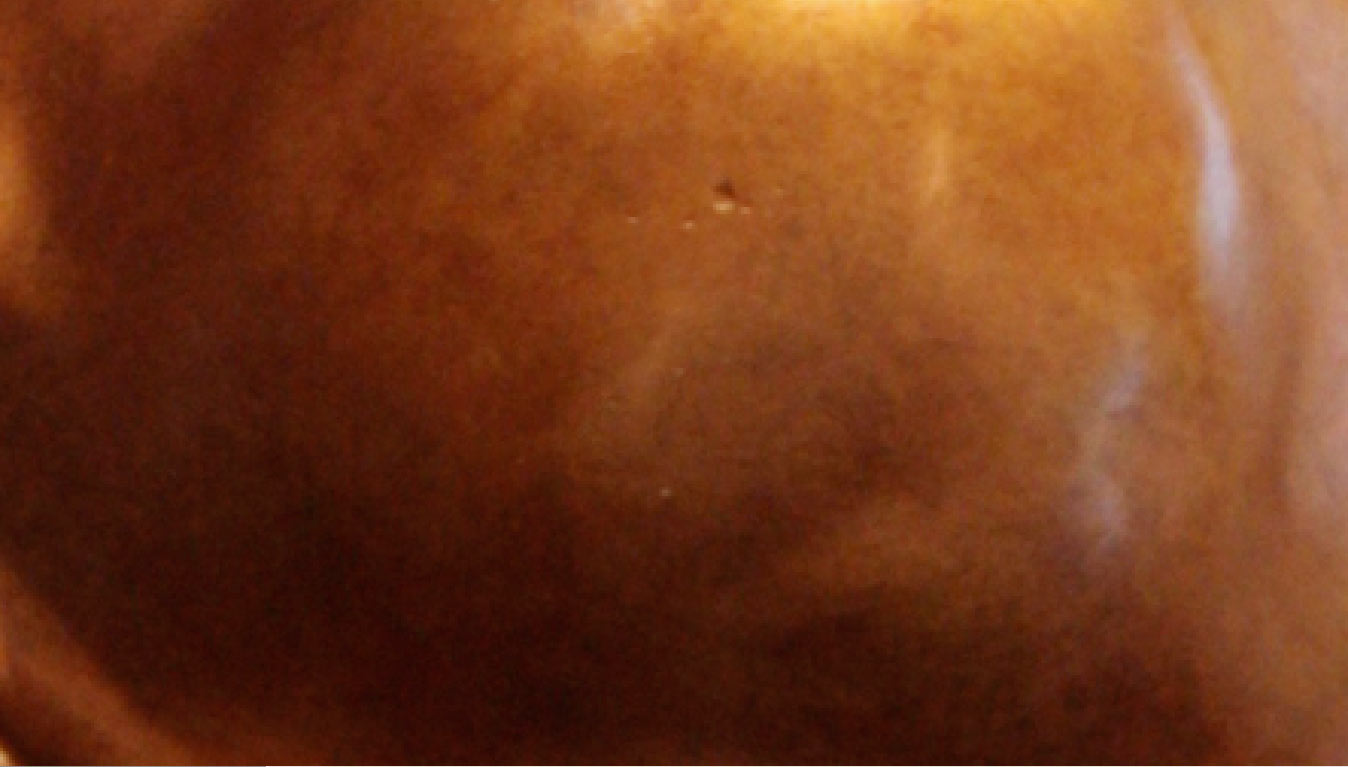Exhibit at the Gallery of Vizivaros, Budapest April, 1996 by Dr. Mariann Gergely, Curator, National Gallery of Hungary Budapest, Hungary
A historian of fine art is always seeking analogies and parallels. He or she wants to connect the newly discovered artist to directions already known and accepted and reveal historical inspirations in the artist’s new creations.
When I saw Andrew Benyei’s sculptures, I immediately wanted to know to what degree he was influenced by 1950’s pop art and its present day renaissance. He told me with a smile that others had already posed the same question and that he himself did recognize some similarities as a result of the historians curious inquiries.
However, Andrew Benyei is a “man from the outside”. Although he was interested in drawing and painting from a very early age, his parents did not support his artistic aspirations. He graduated from university as an electrical engineer and worked in the business world for 20 years. He continued to study in various art schools but only as a hobby. Then suddenly he began to feel a desire to spend the rest of his life strictly in artistic activities. Since then he has created sculpture. From clay, from plastic, from bronze. Many of his creations represent the everyday participants of his earlier life. The business men of the office and the world of commerce in their suits and ties with cases in their hand. These people travel in crowded buses and subway cars, they are at the ready all day, showing their best side, hoping for the most lucrative business transaction.
At the end of the day, physically exhausted and emotionally drained, they collapse on the sofa in their own home or soak themselves in a hot bath. Life is spent on the run, trying to get ahead, to climb higher on the ladder, to achieve greater and greater success at whatever personal cost. There is no communication. It is of no interest what others feel or think, or the kind of life they lead; the only thing that matters is one’s contribution to business.
In crowded conveyances they are pressed together, bodies touching, but everyone buries themselves in a book or the newspaper so they don’t have to make eye contact or talk to one other. Information comes from the media, commercial programs fill one’s thoughts, fill one’s life. The person unfamiliar with the common language of the media is an outsider who does not belong to the urban “inner circle”.
The emancipated women also faces great hurdles in the business world. Dressed in a suit, her face made up, she is constantly in a hurry. She knows she has to fight harder than any man for every bit of success in a male dominated society. The man-woman connection is changed, emptier. The Saturday night date is conducted in secret, an older man behind the wheel of a car with a much younger woman. The reasons for getting married are also different for the sexes: the man sizes up the woman; the woman gazes at the size of her engagement ring. Long married couples stare past each other, bored, no longer interested.
Although many of Benyei’s sculptures are smaller than life, their artistic meaning is evident; they do not represent the light hearted humour or charm of small porcelain figurines. Their faces show real feelings, grief, and happiness, exhaustion or disappointment often without hope or illusion. The figures are real individuals, whose gestures are easily identifiable with the type of people they represent: the salesman selling himself and his wares, the sewer workers chatting on the sidewalk, the business woman trying to break through the glass ceiling, the profoundly tired, disillusioned couple on the couch. Benyei portrays his creations with humour and irony, but he does not laugh at them. He shows great empathy to their problems, feels with them and at times he appears to be one of them. Yet, he can distance himself, and look at these people with empathetic sadness.
We admire and emulate the perfect men and women of the TV screen and giant advertising posters, don’t we? But in real life, in our own privacy we can let go, we no longer have to watch our public face and our impeccable appearance. We can throw our slightly flabby bodies on the sofa or immerse our tired selves in a hot bath. But, says Benyei, it would be nice if, at the end of the day, we would still have something left to say about ourselves and each other.

